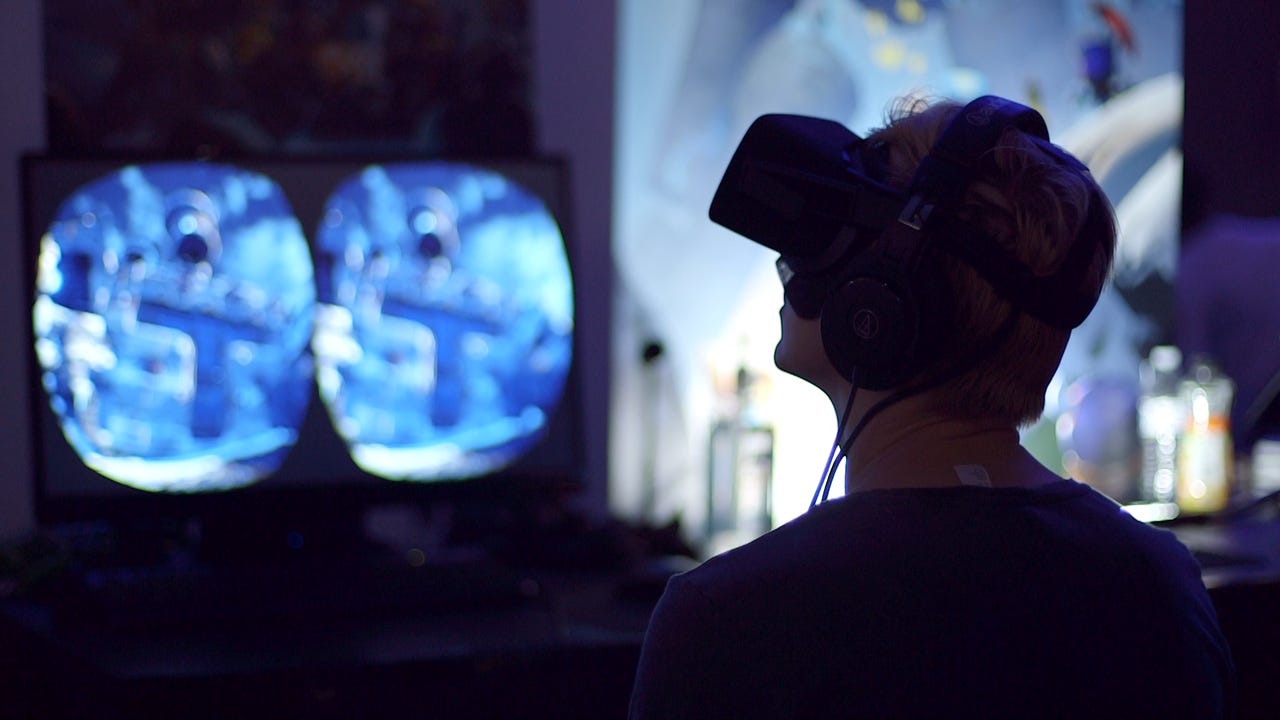Udacity rolls out VR developer nanodegree


Udacity is partnering with Google, HTC Vive, and Upload to create a VR curriculum. (Image: Udacity)
Udacity on Tuesday announced a new nanodegree program for aspiring developers in the field of virtual reality -- an industry currently enjoying 800 percent year-over-year job growth.
The online education company is partnering with Google, HTC Vive, and Upload to create a curriculum that will teach students how to build immersive experiences with both VR hardware and software.
"As a graduate of this Nanodegree program, you will be fully prepared for a wide range of career opportunities--from joining industry leaders already innovating in the field, or helping emerging companies launch new VR initiatives, to freelancing, or even building your own startup," wrote Udacity Director Christian Plagemann in a blog post. Before joining Udacity, Plagemann was co-founder of Google's VR team.
For $199 a month, students in the program will learn how to build VR applications for platforms including HTC Vive, Google Cardboard, Google Daydream, and Oculus Rift
While learning how to develop both smartphone-based VR and desktop VR, students will learn about VR design and user interaction, performance and ergonomics, game engines, and 360 media. Udacity is also integrating the 3D engine Unity into key projects and lessons.
Every student will receive a limited-edition mobile VR viewer, and those with access to a high-immersion VR setups like the HTC Vive can sign up for an optional concentration track on high-immersion VR.
"As with all of our Nanodegree programs, the focus will be on learning-by-doing, so the majority of your time will be spent building real experiences," Plagemann wrote. "You will learn how to create 3D scenes, define behaviors, and make experiences comfortable, exciting and performant on a wide range of devices."